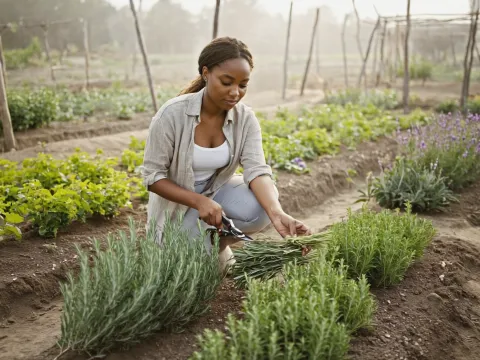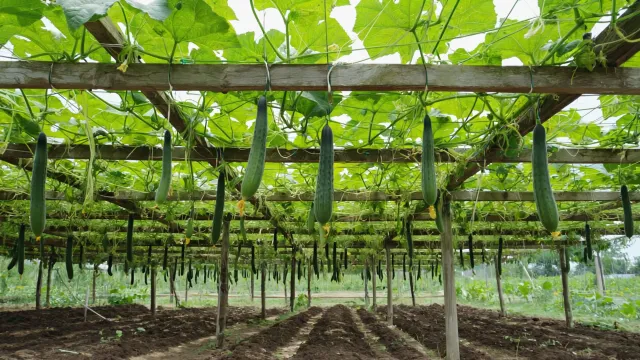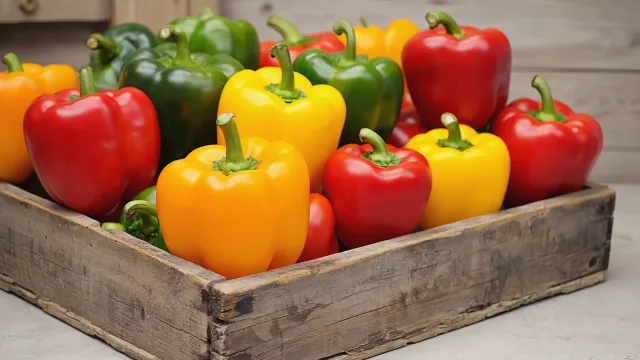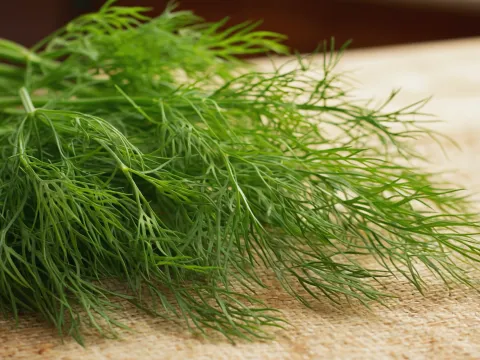Published on June 13, 2025
Last updated: June 13, 2025 · ⏱ 4 min read
How to Harvest Herbs the Right Way (Without Killing the Plant)

The Importance of Proper Herb Harvesting
Harvesting herbs at the right time is crucial to enhance their flavor and aroma. Knowing when to pick your herbs can make a significant difference in the potency and freshness of your culinary creations. Whether you are an experienced gardener or a novice, understanding the intricacies of herb harvesting will greatly benefit your kitchen endeavors. This guide will walk you through the essential steps to ensure a successful harvest and effective storage of your herbs.
Timing Your Harvest
Timing is everything when it comes to harvesting herbs. The best time to collect herbs is typically in the morning after the dew has dried but before the sun reaches its peak. During this time, the essential oils in the herbs are at their highest concentration, leading to a more flavorful result. Additionally, harvesting before the plants flower can prevent the leaves from becoming bitter and losing their aromatic qualities. Each herb has its specific growth stages; for instance, basil is best harvested just before it begins to flower, while mint remains vibrant and flavorful throughout its growing season.
Choosing the Right Tools for Harvesting
Using the appropriate tools can make your harvesting process smoother and more efficient. Scissors or garden shears are ideal for cutting stems without damaging the plant. Ensure your tools are clean and sharp to prevent injury to the plant and the spread of disease. For herbs with thicker stems, such as rosemary or thyme, a pair of sharp pruning shears may be necessary. Always sterilize your tools before use to minimize the risk of contamination. Having a basket or container handy will also help you collect your herbs without bruising them.
Techniques for Harvesting Herbs
When harvesting herbs, the technique you use can greatly influence the health of the plant and the quality of the leaves. For most herbs, such as basil or cilantro, you should snip off the leaves or stems just above a leaf node to encourage further growth. This method not only promotes bushier plants but also allows you to harvest multiple times throughout the growing season. For woody herbs like sage or rosemary, you can cut back about one-third of the plant, making sure to leave enough foliage for the plant to thrive. Always avoid stripping a plant of all its leaves, as this can hinder its growth and health.
Post-Harvest Handling
Once you have harvested your herbs, proper handling is essential to maintain their quality. Gently rinse them in cool water to remove any dirt or pests, and pat them dry with a clean towel. Avoid soaking the herbs, as excess moisture can lead to mold during storage. If you notice any damaged or wilted leaves, remove them immediately to prevent spoilage. Organize your herbs based on type, as different herbs have varying storage requirements.
Storing Fresh Herbs
Storing your freshly harvested herbs properly can extend their shelf life and retain their flavor. For soft herbs like basil, cilantro, and parsley, consider placing the stems in a glass of water, similar to how you would store flowers. Cover the leaves loosely with a plastic bag and place them in the refrigerator. This method keeps the herbs hydrated and fresh for longer. For woody herbs such as thyme, rosemary, and sage, wrap them in a slightly damp paper towel, then place them in a plastic bag before refrigerating.
Drying Herbs for Long-Term Storage
If you have an abundance of herbs and want to preserve them for long-term use, drying is an excellent option. To dry herbs, begin by washing and thoroughly drying them as described above. Next, bundle the stems together and tie them with a string. Hang the bundles upside down in a cool, dark, and dry location, allowing them to air-dry for several weeks. Once the leaves are crisp, remove them from the stems and store them in airtight containers, away from direct sunlight. Properly dried herbs can maintain their flavor for up to a year.
Freezing Herbs for Future Use
Freezing is another effective way to preserve herbs while retaining their flavor. To freeze herbs, chop them into small pieces and place them in ice cube trays filled with water or broth. Once frozen, transfer the cubes to a resealable plastic bag and store them in the freezer. This method allows you to conveniently add fresh herbs to soups, stews, and sauces throughout the year. Alternatively, you can also freeze whole herbs by placing them in freezer bags, ensuring to remove as much air as possible.
Using Freshly Harvested Herbs in Cooking
Incorporating freshly harvested herbs into your cooking can elevate the flavors of your dishes. Fresh herbs can be used in a multitude of ways, from garnishing salads to enhancing the taste of meats and vegetables. Always add delicate herbs like basil, parsley, and cilantro towards the end of the cooking process to preserve their flavor. For tougher herbs such as thyme and rosemary, you can add them earlier to infuse their flavors into the dish. Experimenting with various combinations of herbs can lead to delightful culinary discoveries.
Conclusion
Mastering the art of herb harvesting and storage can significantly enhance your cooking experience. By following the techniques and tips outlined in this guide, you can ensure that your herbs are flavorful, aromatic, and ready to use in your favorite recipes. Whether you choose to dry, freeze, or store them fresh, your culinary creations will benefit from the vibrant flavors of freshly harvested herbs. Enjoy the process of growing and harvesting your herbs, and let them inspire your dishes all year round.

Written by Soufyan from GrowToGrub
Soufyan is a gardening educator and founder of GrowToGrub. Through simple guides, easy recipes, and practical life hacks, he helps everyday growers turn small spaces into sustainable, delicious, and chemical-free living.


